Have you ever felt the sting of feline indifference, only to find your “aloof” cat nestled beside you hours later? It’s almost as if cats are playing an elaborate game, hiding their true feelings behind a mask of cool detachment. For centuries, people have wondered why cats act so nonchalant, yet show flashes of deep affection when you least expect it. The truth is, cats are emotional creatures—but their way of showing love is wrapped in mystery, subtlety, and sometimes, a little mischief. If you’ve ever caught your cat staring at you from across the room, only to look away when you make eye contact, you know exactly what we’re talking about. Let’s dive into the fascinating world of feline behavior and uncover why our cats pretend not to care—when deep down, they absolutely do.
The Origins of the Aloof Cat Persona
Cats have a reputation for being independent and even standoffish, but this trait isn’t just a modern-day invention. Their wild ancestors survived by being cautious, observant, and keeping their emotions closely guarded. Unlike dogs, who rely heavily on pack dynamics, cats evolved as solitary hunters. This independence is woven into their DNA and explains much of their seemingly detached behavior. However, their aloof persona is often just a front. When you see your cat acting disinterested, remember: it’s simply nature’s way of helping them stay safe. Their cool exterior is a survival strategy, not a sign that they don’t care about you.
Subtle Signs of Feline Affection
Cats may not wag their tails with excitement or shower you with sloppy kisses, but their affection is present if you know where to look. A gentle head bump, a slow blink, or even following you from room to room are all signs your cat is deeply attached. Unlike dogs, cats show their love in subtle, almost secretive ways. Even something as simple as sitting near you is a powerful gesture in the feline world. To truly appreciate your cat’s love, you need to pay close attention to these quiet, meaningful cues.
Why Ignoring You Is a Sign of Trust
One of the most surprising truths about cats is that their habit of ignoring you can actually mean they trust you. In the wild, a cat would never turn its back on a potential threat. When your cat lounges in the middle of the room, eyes half-closed, seemingly uninterested in your presence, it’s a sign they feel safe and comfortable. This relaxed behavior means your cat sees you as family, not a foe. So, the next time your cat seems to be ignoring you, take it as the ultimate feline compliment.
The Art of Playing Hard to Get
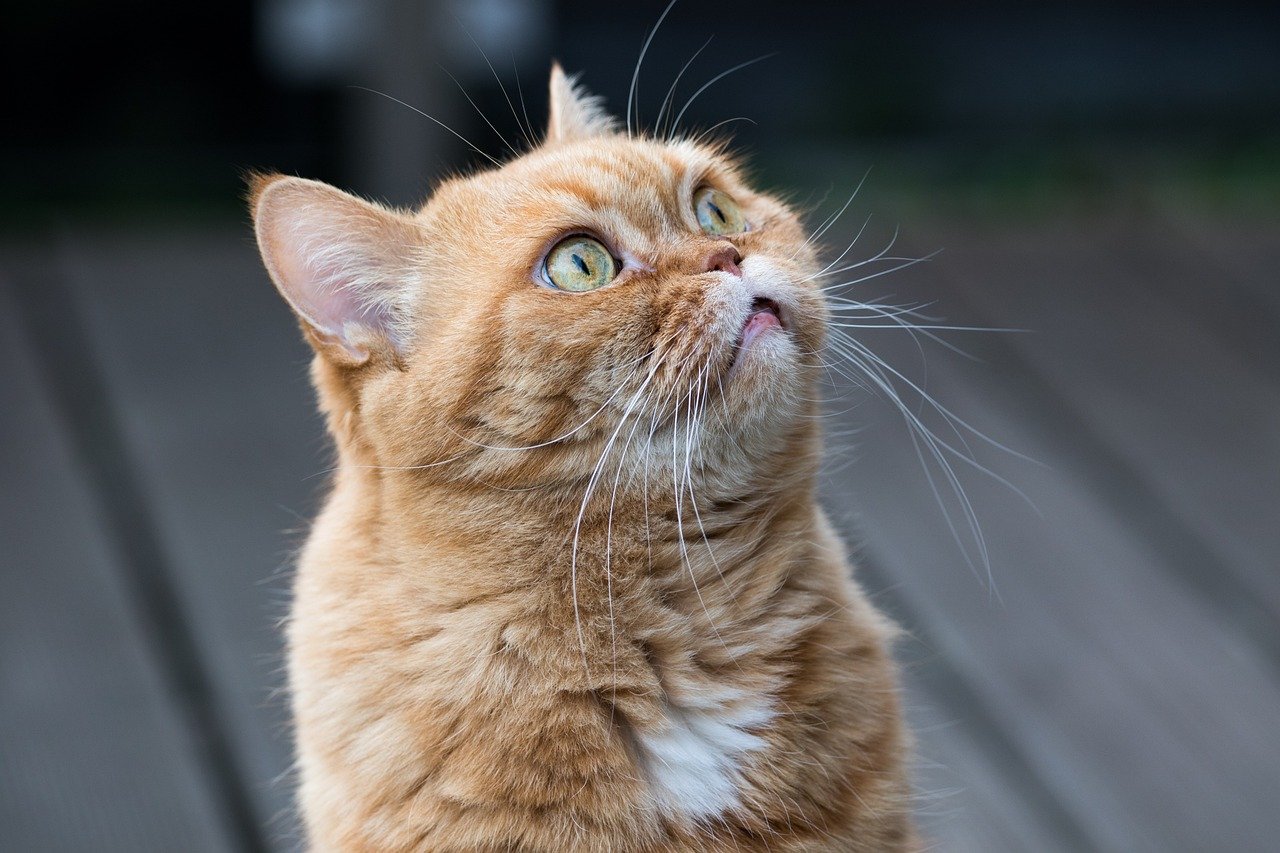
Cats are experts at playing hard to get. If you’ve ever tried to call your cat over, only to be met with a blank stare, you know the feeling. This behavior isn’t meant to be cold or dismissive. Instead, it’s a natural way for cats to maintain control of their environment. By acting aloof, they decide when and how to interact, ensuring they always feel safe. Think of it as a game where your cat holds all the cards. It’s not that they don’t care; they just want to be the ones to make the first move.
The Role of Body Language
A cat’s body language is a fascinating puzzle, full of clues about their feelings. Flattened ears, twitching tails, or arched backs can mean anything from excitement to irritation. But subtle gestures—like a slow, deliberate blink or a gentle knead on your lap—are powerful signs of contentment and affection. Learning to read these signals can transform your relationship with your cat. When you notice the tiny changes in posture or expression, you’ll realize how much they’re really saying without words.
Nighttime Cuddles: Hidden Moments of Intimacy
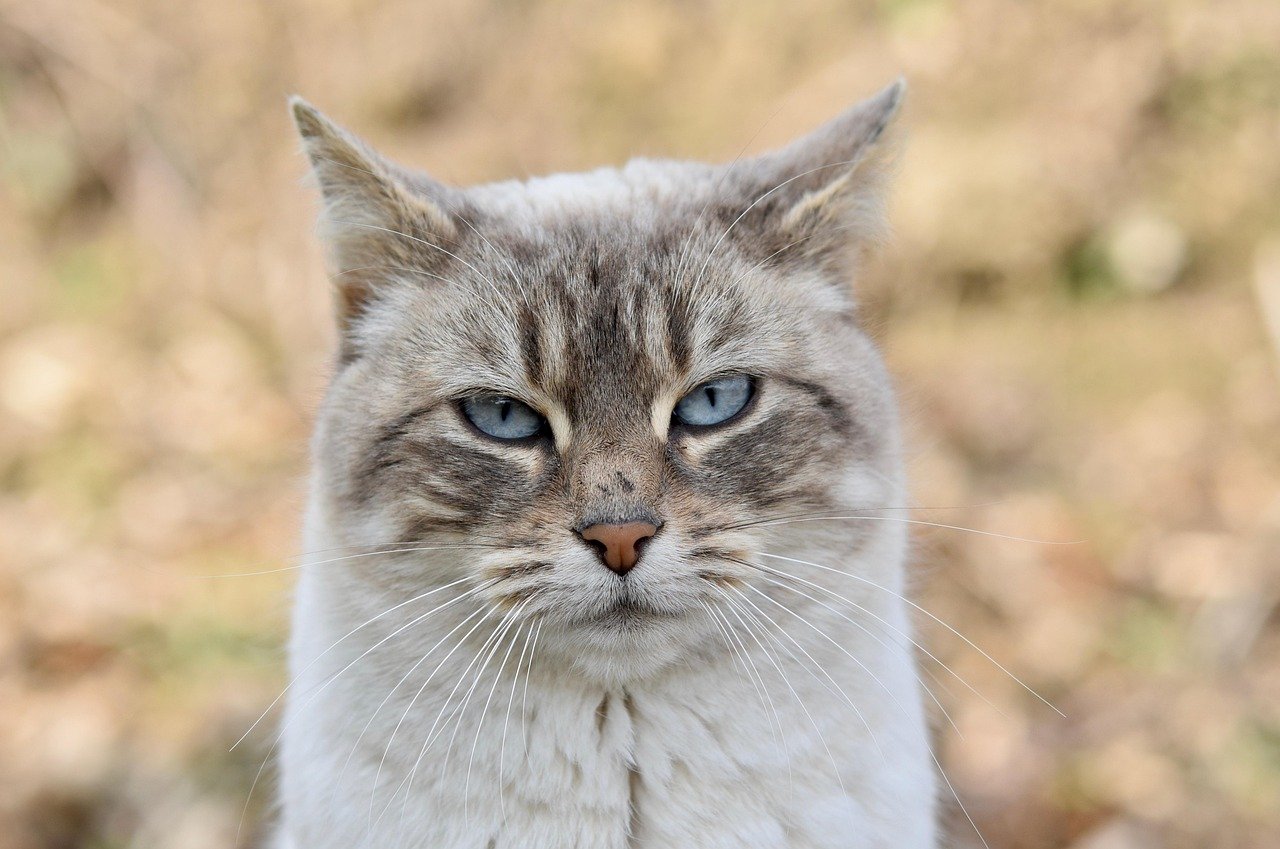
It’s a classic cat move: ignoring you all day, then curling up beside you at night. These quiet, private moments are when cats often let their guard down. In the darkness, away from noise and distractions, your cat feels safe enough to reveal their softer side. Curling up on your bed, purring softly, or even just resting a paw on your arm are all ways cats show love when they think no one’s watching. These nighttime cuddles are proof that, beneath the cool exterior, your cat truly cares.
The Slow Blink: A Secret Code of Love
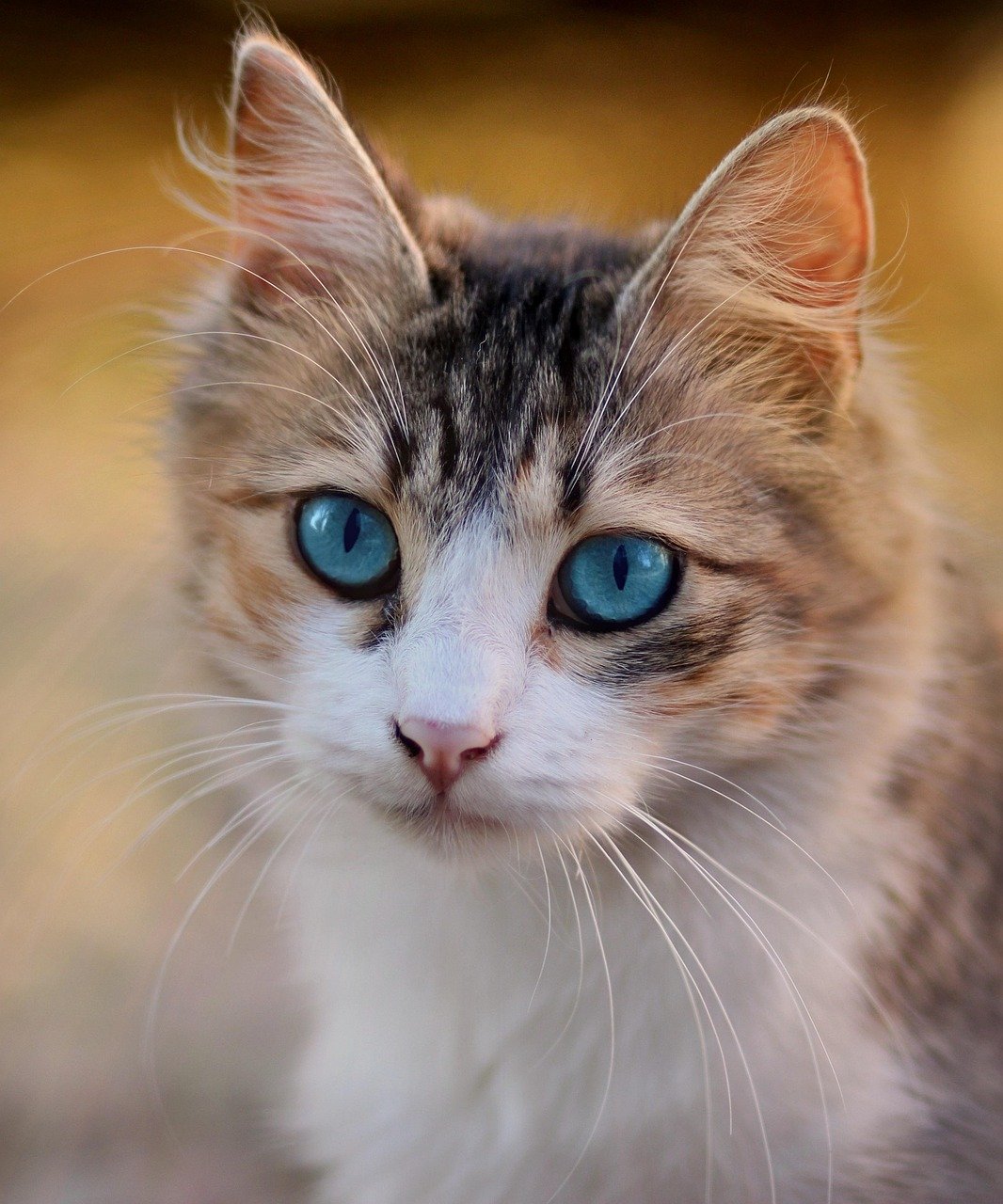
If you catch your cat slowly closing and opening their eyes as they look at you, you’re witnessing one of the cutest signs of feline affection: the slow blink. In the cat world, this gesture is like a kiss or a gentle hug. It’s a way of saying, “I trust you, and I feel safe.” You can even try slow blinking back at your cat; often, they’ll return the gesture, creating a sweet moment of connection. This secret code is just one more way cats show their love—without saying a word.
Following You Around the House
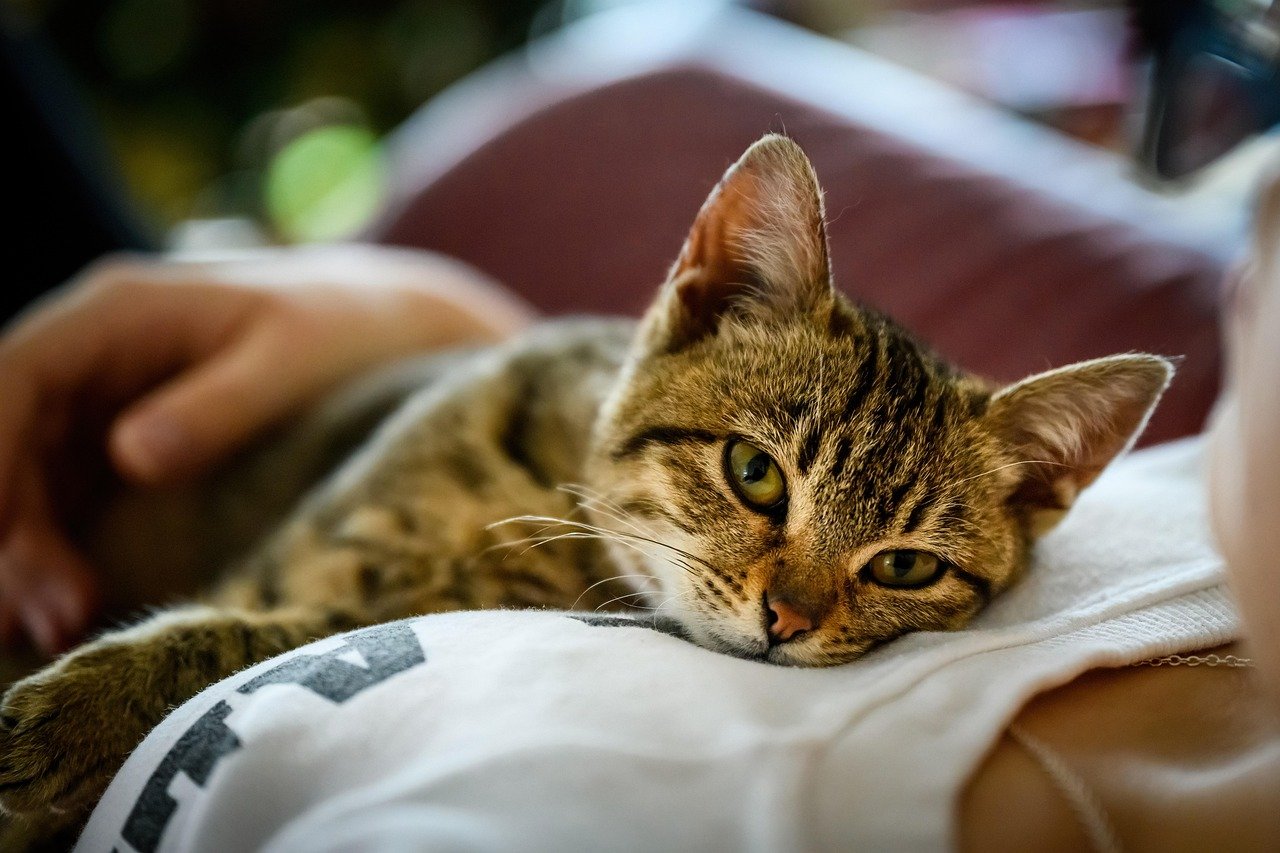
Some cats act like shadows, quietly following their owners from room to room. While they may not demand constant attention, their presence is a sign of deep attachment. Cats that trail after you are showing interest and curiosity about your life. They want to be near you, even if they maintain a little distance. This behavior is especially common in cats that feel secure and bonded with their humans. It’s their way of keeping you company, without being overly clingy.
Bringing “Gifts” as a Sign of Affection
One of the strangest but most telling signs that your cat cares is when they present you with “gifts.” Whether it’s a toy, a piece of string, or something less pleasant from the outdoors, this gesture has deep roots in feline behavior. In the wild, mother cats bring food to their kittens. When your cat brings you something, they’re treating you like family. It may seem odd, but it’s their way of showing love and sharing their world with you. Accept these offerings graciously—they mean your cat truly cares.
Purring: The Sound of Hidden Emotions
Purring is one of the most comforting sounds in the world, but it’s also a powerful communication tool for cats. While cats purr for many reasons, contentment and affection are high on the list. When your cat curls up on your lap and starts to purr, it’s their way of telling you they’re happy and at ease. Sometimes, cats even purr when they’re nervous or unwell, seeking comfort from their favorite person. This gentle rumble is a reminder that, beneath their cool surface, cats have a deep well of emotion.
Kneading: A Throwback to Kittenhood
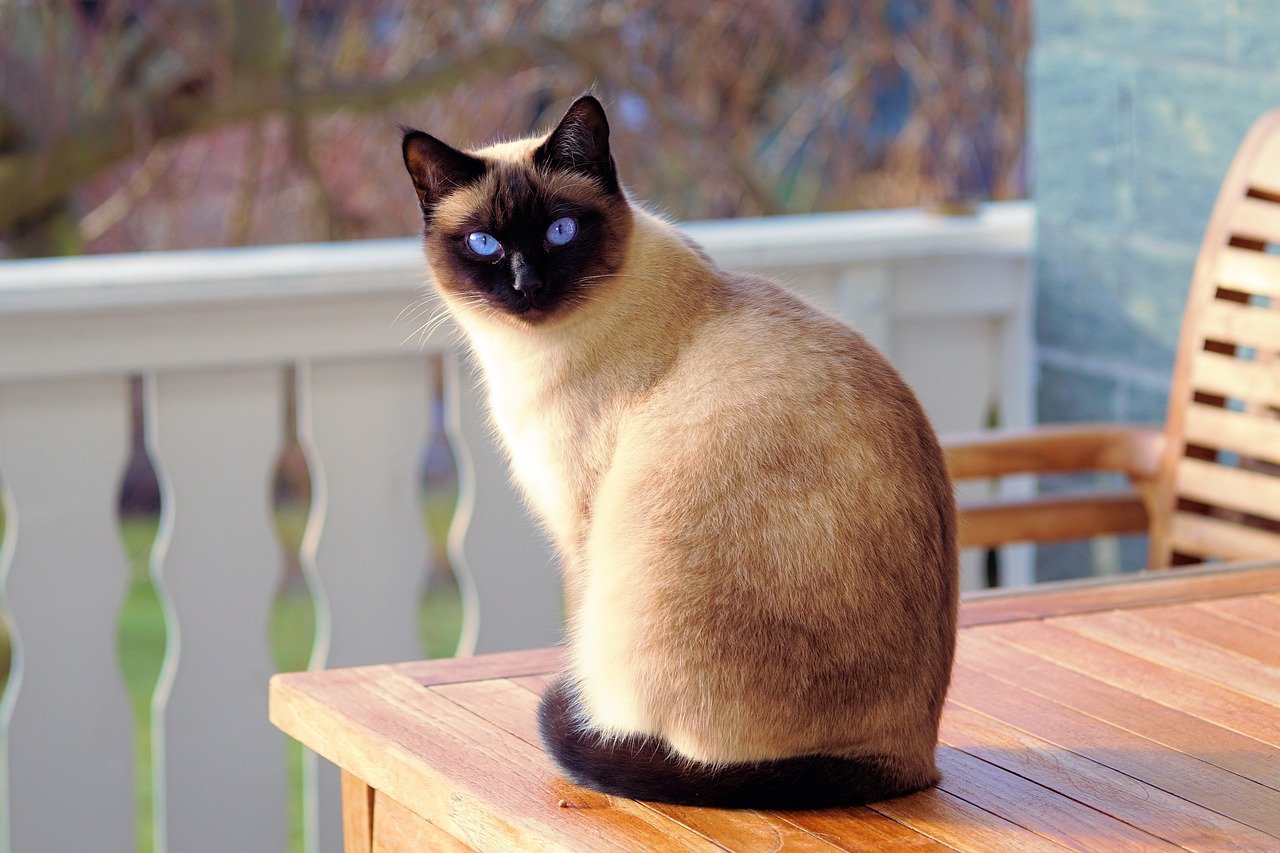
If your cat pushes their paws rhythmically against your lap, they’re kneading—a behavior rooted in kittenhood. Kittens knead their mother’s belly to stimulate milk flow. Adult cats continue this behavior as a sign of comfort and affection. When your cat kneads you, it means they associate you with safety and warmth. It’s one of the most intimate ways a cat can show love, even if it sometimes comes with sharp claws. Embrace the kneading—it’s a sign your cat feels truly at home with you.
Grooming: Sharing Their Favorite Ritual
Cats are meticulous groomers, spending hours each day keeping their fur clean. When your cat tries to groom you—licking your hand or even your hair—it’s a deeply affectionate gesture. In the wild, cats groom each other to strengthen social bonds. By including you in this ritual, your cat is signaling that you’re part of their inner circle. It’s a messy, but meaningful, way of showing love and trust.
Sleeping in Your Presence
For animals that are both predator and prey, sleep is a vulnerable time. If your cat chooses to nap near you, or even on you, they’re demonstrating an enormous amount of trust. Cats don’t let their guard down around just anyone. When your cat drifts off by your side, it’s a sign they feel safe, secure, and loved. These moments of peaceful companionship are some of the strongest evidence that cats care deeply—despite their aloof reputation.
Vocal Communication: More Than Just Meows
Cats have a wide range of vocalizations, from meows and chirps to trills and growls. Each sound carries a different meaning, and many are reserved just for their favorite people. While cats rarely “talk” to each other in the wild, they quickly learn to communicate with their humans. A soft meow in the morning or a gentle trill when you come home means your cat is happy to see you. These vocalizations are a personal language, developed just for you.
Tail Signals: The Emotional Barometer
A cat’s tail is a mood ring, constantly shifting to reflect their feelings. A tail held high signals confidence and happiness, while a low or twitching tail can indicate uncertainty. If your cat wraps their tail around your leg or gently swishes it when you’re near, they’re showing affection in their own unique way. These subtle tail signals are easy to miss, but they’re some of the clearest signs your cat cares about you.
Rubbing Against You: Marking You as Theirs
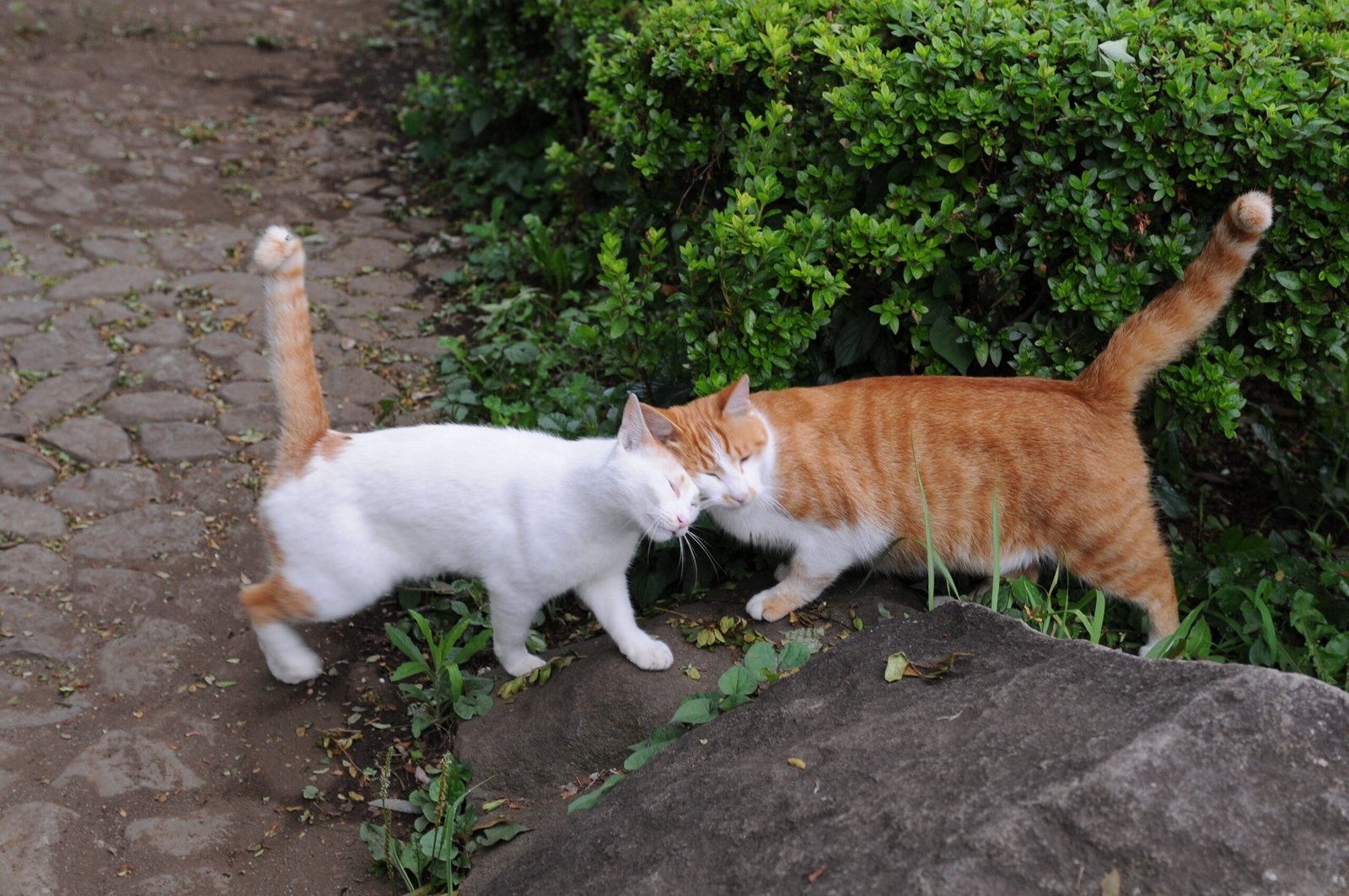
When a cat rubs their head or body against you, they’re doing more than just asking for attention. Cats have scent glands in their cheeks and flanks. By rubbing against you, they’re marking you as part of their territory—a beloved member of their family. This behavior is a mix of affection and ownership, showing that your cat wants to be close and connected to you.
Peeking at You When You’re Not Looking
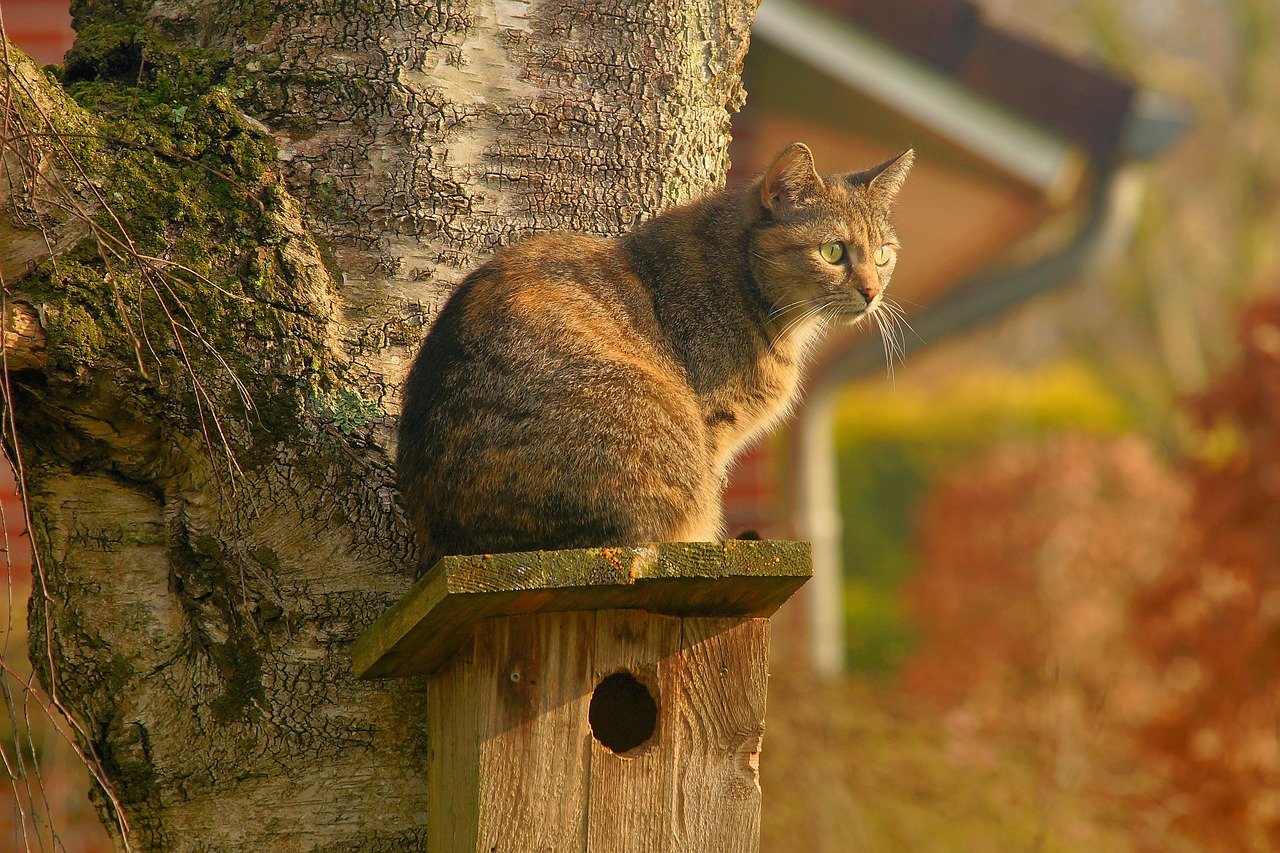
Have you ever caught your cat watching you from across the room, only for them to look away when you notice? This behavior is a classic example of feline curiosity and affection. Cats are subtle creatures, and sometimes they prefer to admire you from a distance. These secret glances are their way of keeping tabs on you, making sure you’re safe, and staying emotionally connected—even when they pretend not to notice.
Responding to Your Mood
Many cat owners are surprised by how attuned their pets are to their emotions. Cats can sense when you’re sad, stressed, or happy, and often adjust their behavior accordingly. If you’re feeling down, your cat might snuggle closer or purr more loudly, offering comfort in their quiet way. This emotional sensitivity is a strong sign that cats care deeply about their humans, even if they don’t always show it in obvious ways.
Choosing to Stay Close During Illness or Sadness
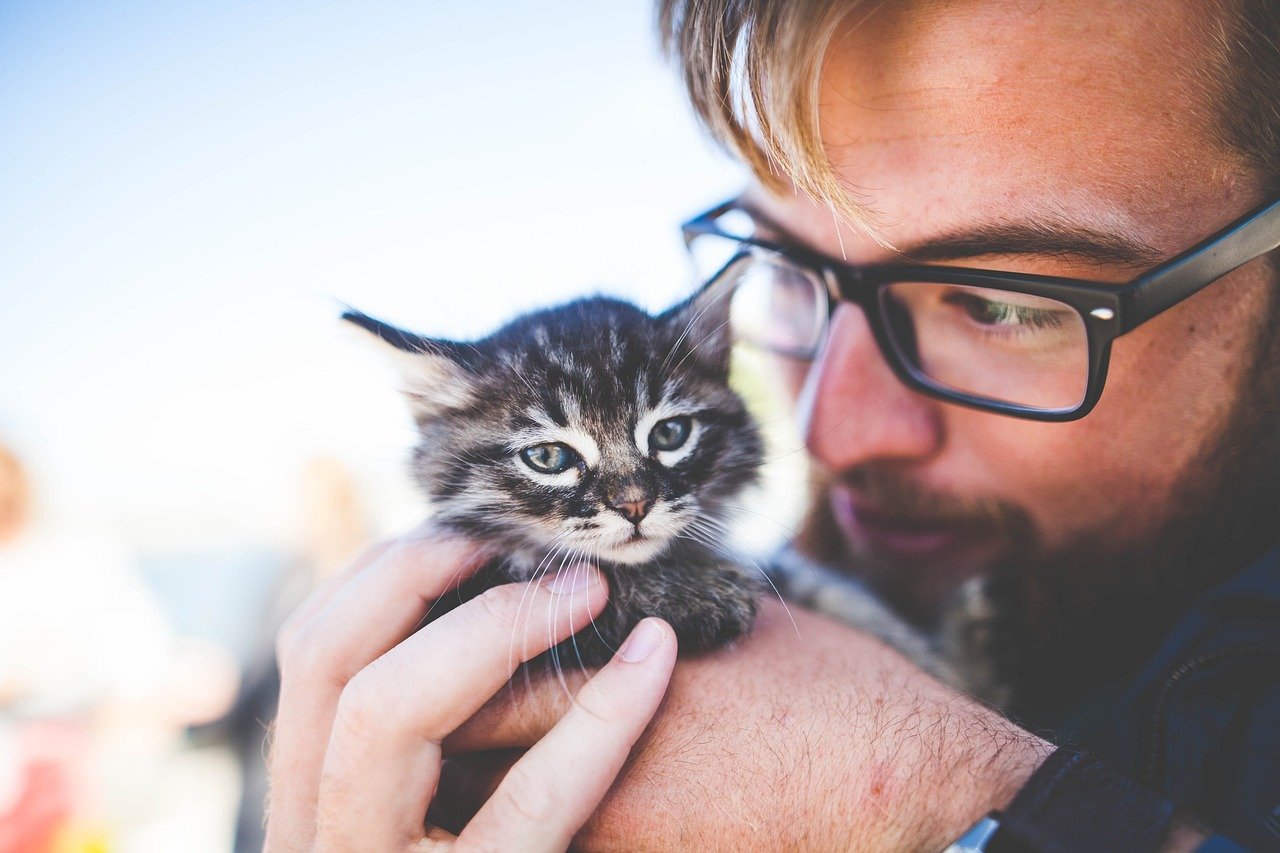
It’s not just a coincidence when your cat seems to stick by your side when you’re unwell or upset. Many cats instinctively know when their humans need extra support. They may curl up beside you, offer gentle head bumps, or simply stay in the same room. This comforting presence is a profound sign of empathy and concern, demonstrating that cats are far more emotionally connected than they let on.
The Joy of Playtime—Together
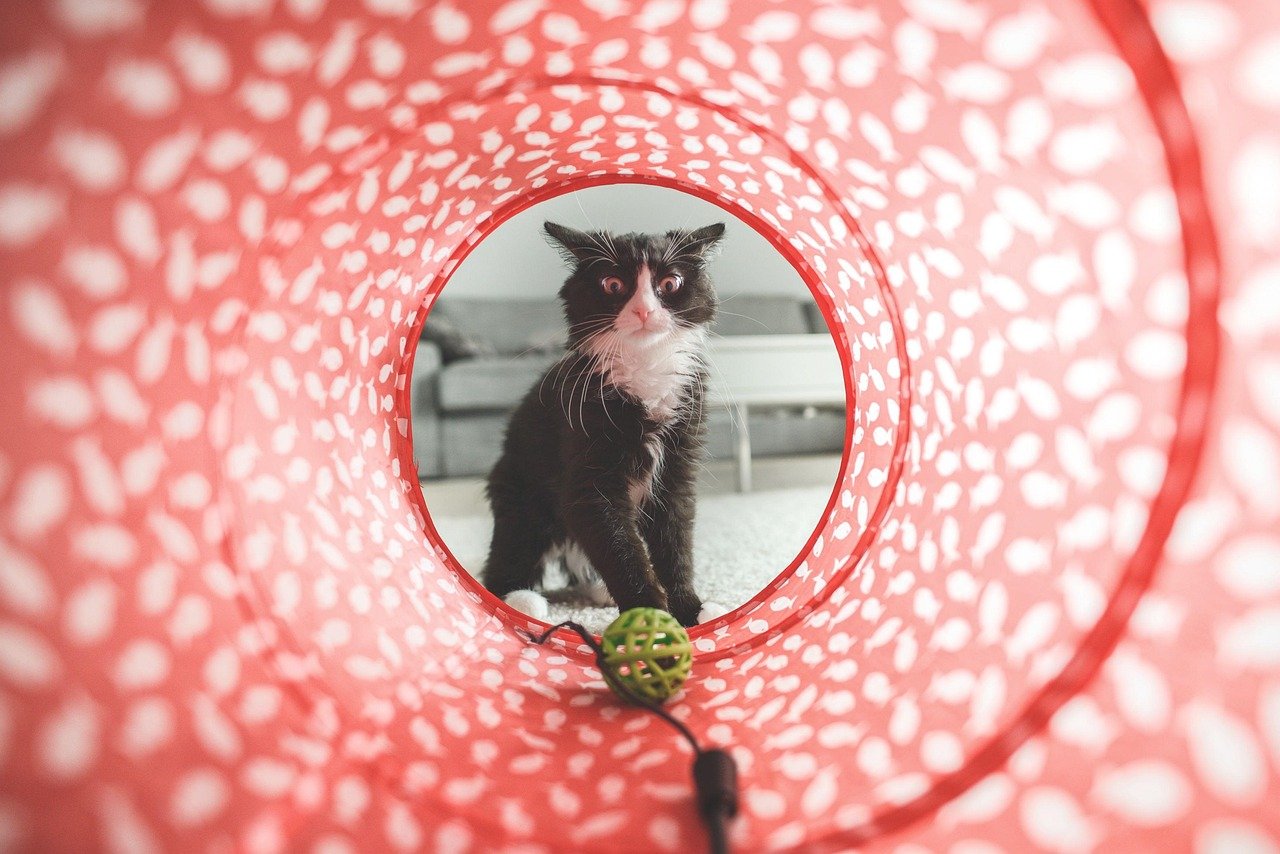
Play is an essential part of a cat’s life, but it’s also a way to bond with their humans. When your cat brings you a toy or initiates a game, they’re inviting you into their world. These playful moments are filled with joy, excitement, and trust. Engaging in play together strengthens your relationship and shows that your cat values your company—even if they pretend to be uninterested at first.
Why Cats Can’t Resist a Good Mystery
At the end of the day, part of a cat’s charm lies in their mystery. Their tendency to pretend not to care is a big part of what makes them so fascinating. Cats keep us guessing, surprising us with affection when we least expect it. Their enigmatic nature keeps our bond with them fresh and exciting. The more we learn about their secret signals, the more we realize just how much our “indifferent” cats truly care.
Hi, I’m Bola, a passionate writer and creative strategist with a knack for crafting compelling content that educates, inspires, and connects. Over the years, I’ve honed my skills across various writing fields, including content creation, copywriting, online course development, and video scriptwriting.
When I’m not at my desk, you’ll find me exploring new ideas, reading books, or brainstorming creative ways to solve challenges. I believe that words have the power to transform, and I’m here to help you leverage that power for success.
Thanks for stopping by, Keep coming to this website to checkout new articles form me. You’d always love it!






